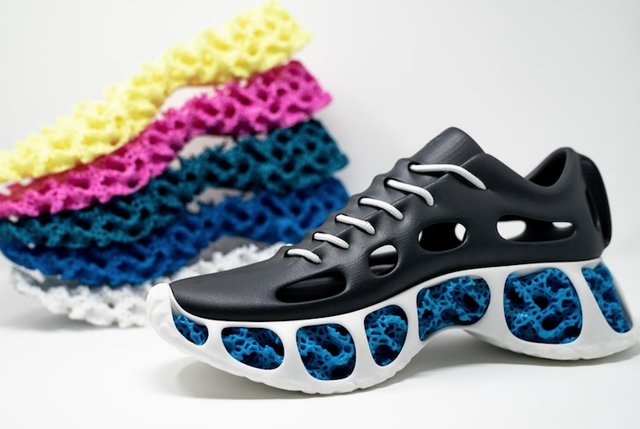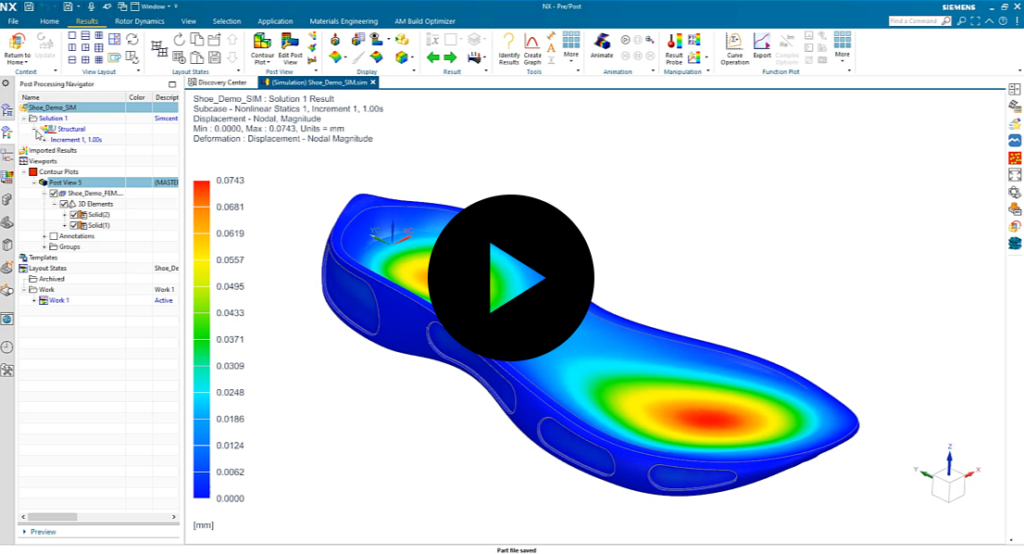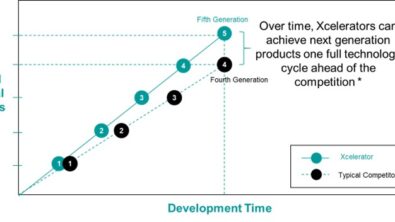Design for Purpose: Sustainable Innovation

Design for Purpose is the saying created to describe how engineers and inventors exemplify the global shift in ecological conscientiousness. With environmental conservancy now being valued higher than ever, consumers are considering all aspects of a product and its company when making purchasing decisions. There is a worldwide revolution occurring in every industry, especially automotive, aerospace, energy, and biomedical fields. Here at Siemens DISW, we empower users to advance projects by providing state-of-the-art tools to modernize designs and manufacturing processes. Our software is on the forefront of sustainable modernization, providing a complete additive manufacturing lifecycle workflow that turns ideas into reality in record time. As demonstrated in the previous articles, NX design for additive manufacturing, integration of Multimechanics, enhanced simulations, and continued development of HEEDS (a design space exploration and optimization software) empowers you to design for purpose.
Using this workflow on a drone mold die, you’ve seen the ability to revolutionize manufacturing processes to be more energy efficient, material reducing, structurally enhanced, and to promote greater recyclability. The drone mold die demonstrates how easily manufacturing, in any industry, can be environmentally conscious.
Now, I’d like to switch directions and highlight cases using NX design for additive and integrated tools for front-end sustainable innovation. I’m sure you’ve heard the expression “put yourself in another person’s shoes”, meaning that you should try to imagine how you would feel if you were in the same situation as a particular person. Well, let’s take this saying into consideration but rather than another person, imagine you are the planet. Since we are on the topic of shoes, did you know that post-consumer shoes makeup 1.2 million tons of material waste, with less than 5% being recycled. As the value of the global shoe market (currently at $200 billion USD) continues to grow, sustainability ought to be a more serious priority.

Figure 1. The midsole of a sneaker that was printed using a seamlessly integrated end-to-end value chain for industrial additive manufacturing. Check out the full article here.
A single shoe can contain up to 65 parts and require approximately 360 steps in the manufacturing process. Reframing the industrial shoe design process will help cut material waste and allow for increased recyclability. Through 3D printing technology, shoes can be customized based on an individual’s footprint, including their running style, foot shape, performance needs and personal preferences. Advancements in our software allows for rapid designs, simulations, and prototyping to take place. Many other companies are already exploring additive to design for purpose, showing that the future of the shoe industry must be centered around sustainable choices.
Utilizing Siemens NX capabilities such as design for additive manufacturing, lattice structures, and implicit modelling, engineers can import biometric scans to model around. In this case, the pressure map of an individual’s foot can be imported to NX and a custom lattice design can be modeled for an exact fit. NX helps you to deliver lightweight components without compromising on structural integrity. The integrated lattice tool makes it easy to embed lattice structures inside of a solid part or to simply incorporate them as part of an overall design. The lattices are complex geometry represented as facets, which you can then modify and change directly using Convergent Modeling™ technology.

The integration of Multimech allows for the automatic generation of geometry and the meshing of microstructural models. The incorporation of Simcenter accounts for manufacturing variability and imperfections to maximize product reliability. Simcenter enables you to zoom into the material microstructure to identify the root cause of failure and see what damage mechanisms affect the structural performance. The inclusion of Multimech and Simcenter simulations allow engineers to optimize material microstructures for the most cost-efficient performance. Thus, the idea of recycling landfill and ocean plastics into 3D printed materials can be reality.
Post modelling and simulation, HEEDS can be utilized to optimize design for stress and weight reduction, producing the most sustainably innovative custom-made products. HEEDS enables automated workflows for the ease of driving product development processes. With an extensive list of developed interfaces to commercial CAD and CAE tools, HEEDS can quickly and easily integrate technology without the need for custom scripting. The data is automatically shared between different modeling and simulation products to evaluate performance trade-offs and design sustainability.

Each phase of this workflow is more advanced and accelerated than ever before. Not only does our workflow empower you to design more sustainably, it has the capability to get your products to market faster than ever before. Whether your goal is reducing waste, recycling plastics, or decreasing energy usage, Siemens NX empowers you to design for purpose and gives you the ingenuity to make a difference in the world. In the following demonstration, you’ll witness the making of a custom lattice outsole for a 3D manufactured sneaker. This design is generated from the pressure map of a foot. Once designed, Multimech is implemented to provide detailed material analysis of the 3D printing polymer filament. Lastly, simulations are conducted to determine the stress distribution when worn.

As shown, Siemens NX is equipped with the most advanced additive manufacturing product cycle development workflow. Although not shown in this demonstration, HEEDS is the last step in the workflow and can be used to further validate product design. Using the same workflow as before, with different inputs and outputs, the best design can be found easily!
Congratulations! you’ve reached the end of the design for purpose series. Thank you for following along. Unlike the previous articles in this series, I leave this one without any cliffhangers, but rather a request. Design for purpose is your call to action. Regardless of industry, aim to design more sustainably, manufacture efficiently, and educate others to do the same. It’s time to change the world, one shoe at a time.


